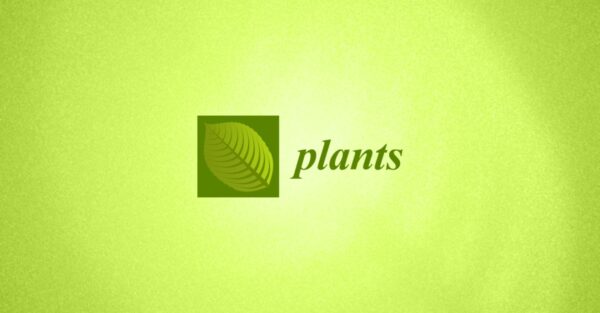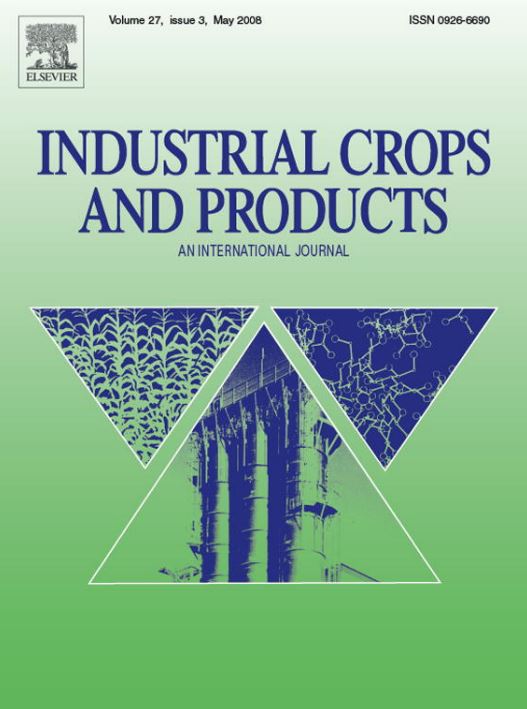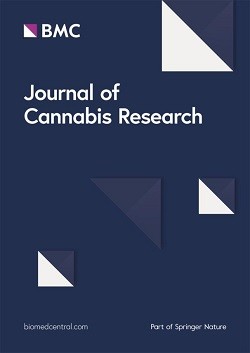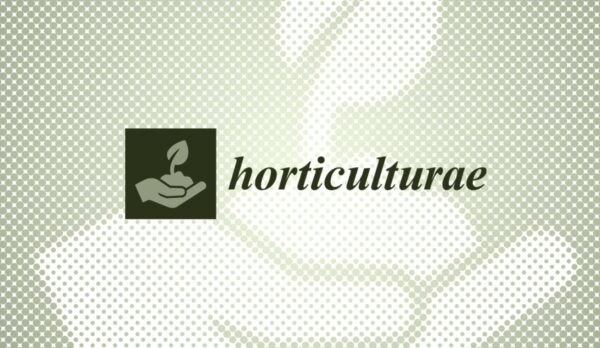Abstract
Cannabis sativa is a short-day (SD) plant, producing inflorescences when the daily scotoperiod (period of darkness) exceeds approximately 10 h of length. As such, the vegetative photoperiod is typically maintained at 16 to 18 h, which limits the scotoperiod to no more than 6 to 8 h and keeps plants in the vegetative stage. The electricity cost associated with supplemental lighting is a major concern for controlled environment cannabis cultivation. Therefore, the strategy of utilizing a 12 h photoperiod while interrupting the scotoperiod with a 1 h “night break” (NB) is appealing, as it reduces the overall electricity required for supplemental lighting by nearly one third, while maintaining vegetative growth. Our study tested the feasibility of this method under controlled indoor conditions. We studied the effect of the NB method (as compared to conventional light/dark periods) on cannabinoid and extractable biomass yields, as well as phenotype. Reducing vegetative DLI via the NB method (29.4 → 21.2 mol m−2 d−1) reduced extractable floral biomass by ~22% (control 1295 g vs. NB 1015 g per tent), while cannabinoid concentrations were similar between treatments. We also found that NB plants were less vigorous and shorter, with shorter internodes and fewer branches. This evidence suggests that although the NB method may reduce electricity costs during the vegetative stage of controlled environment cannabis growth, the method is not economically feasible due to the loss of yield and plant vigor.




